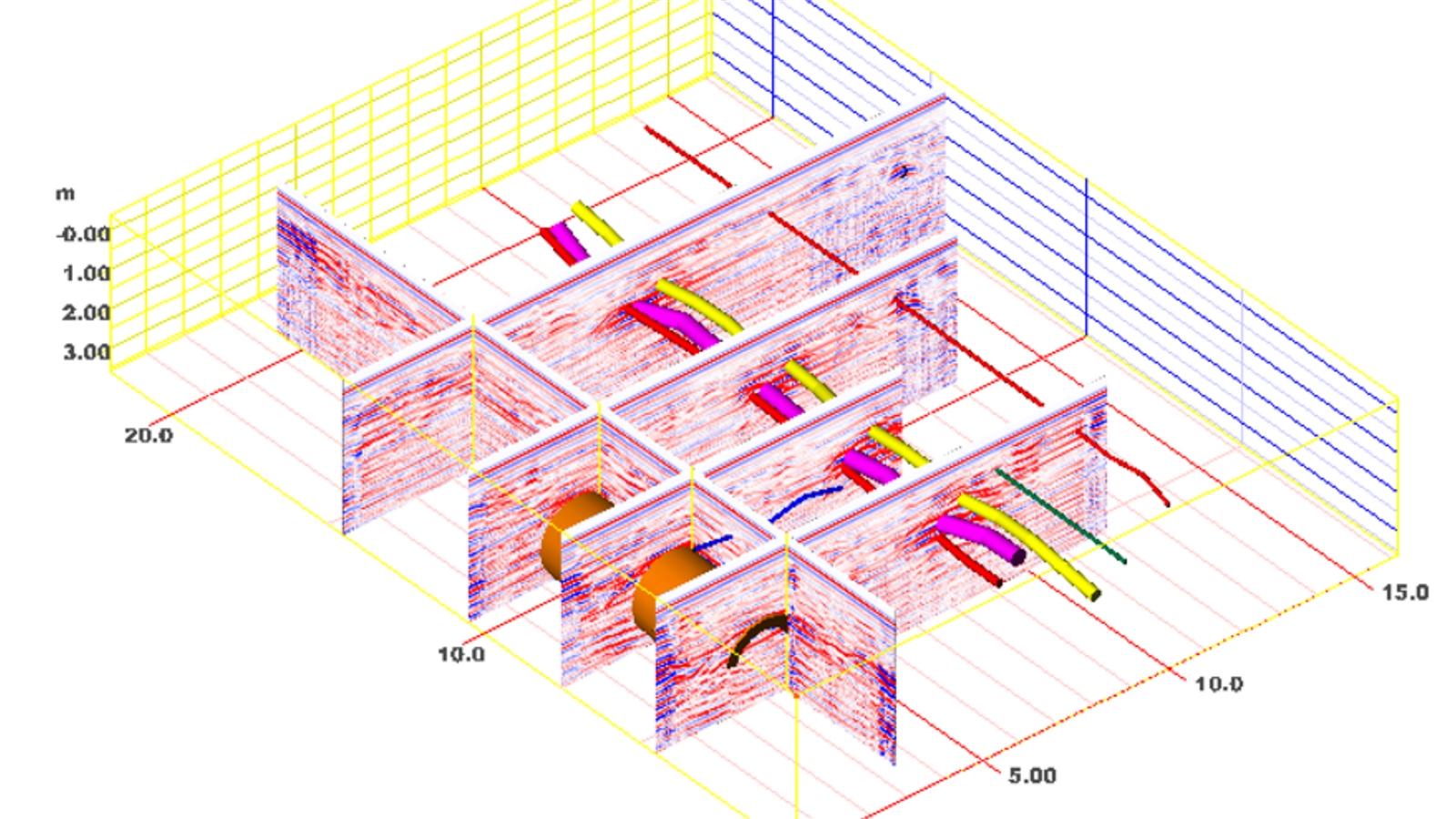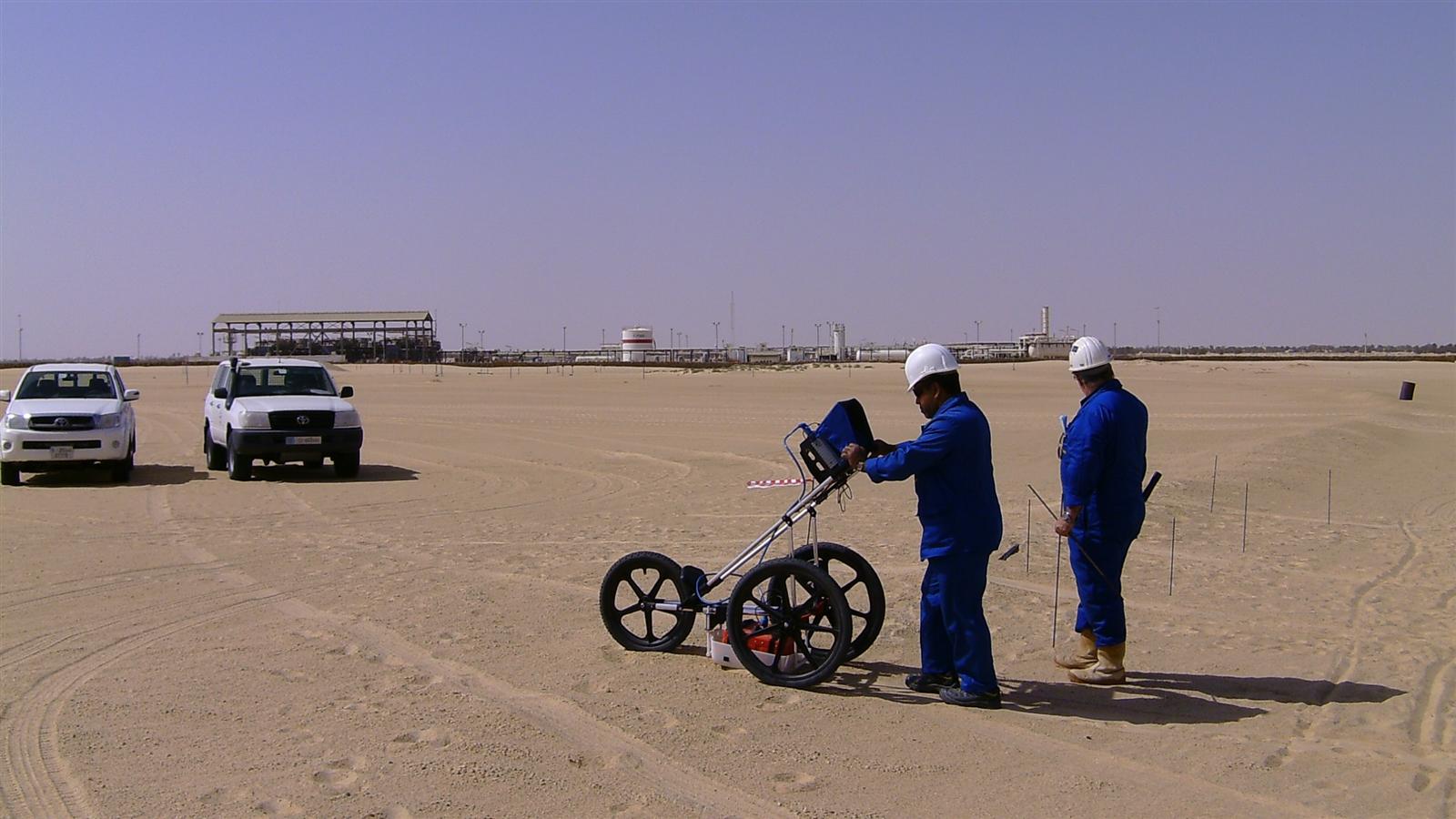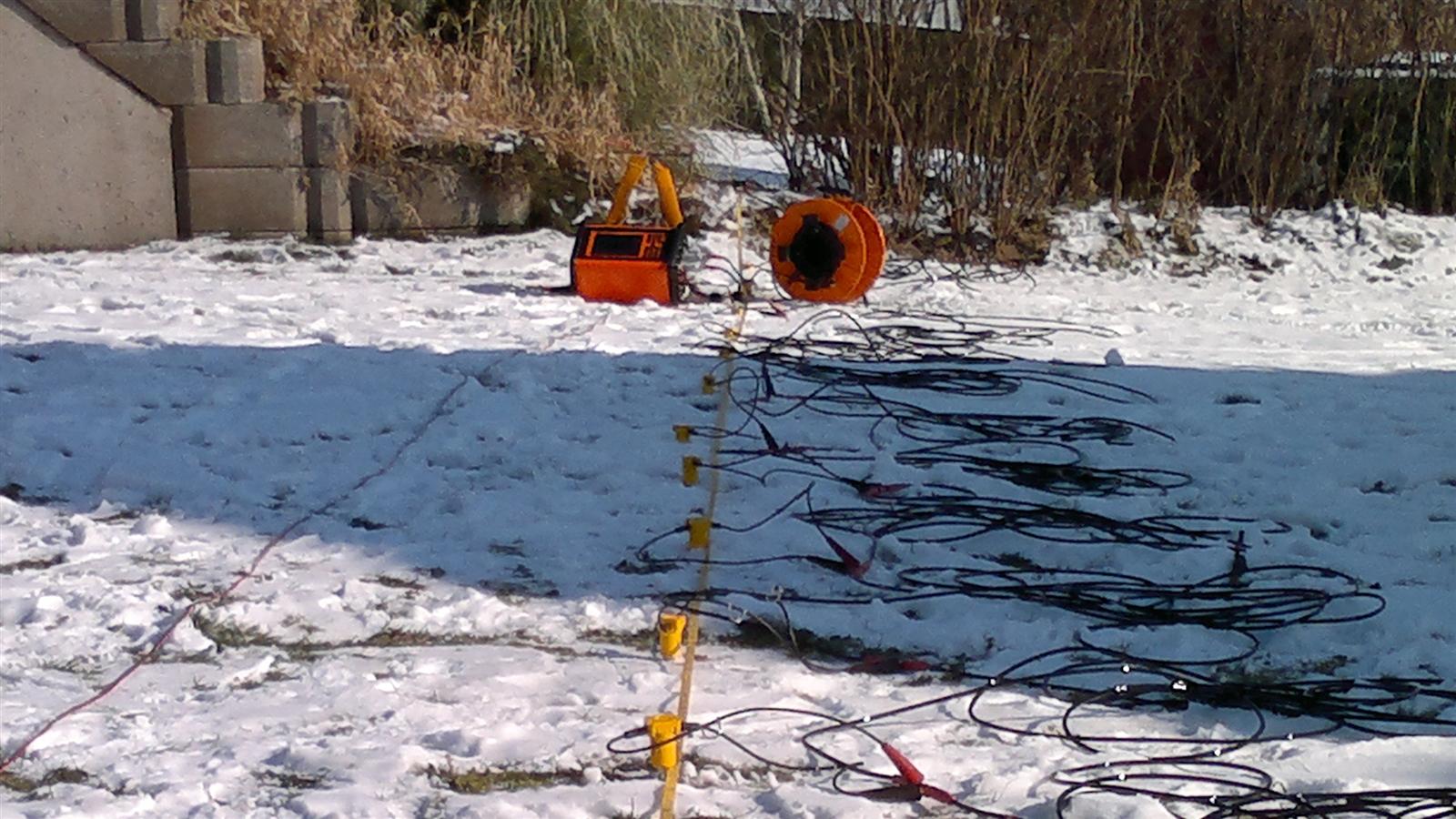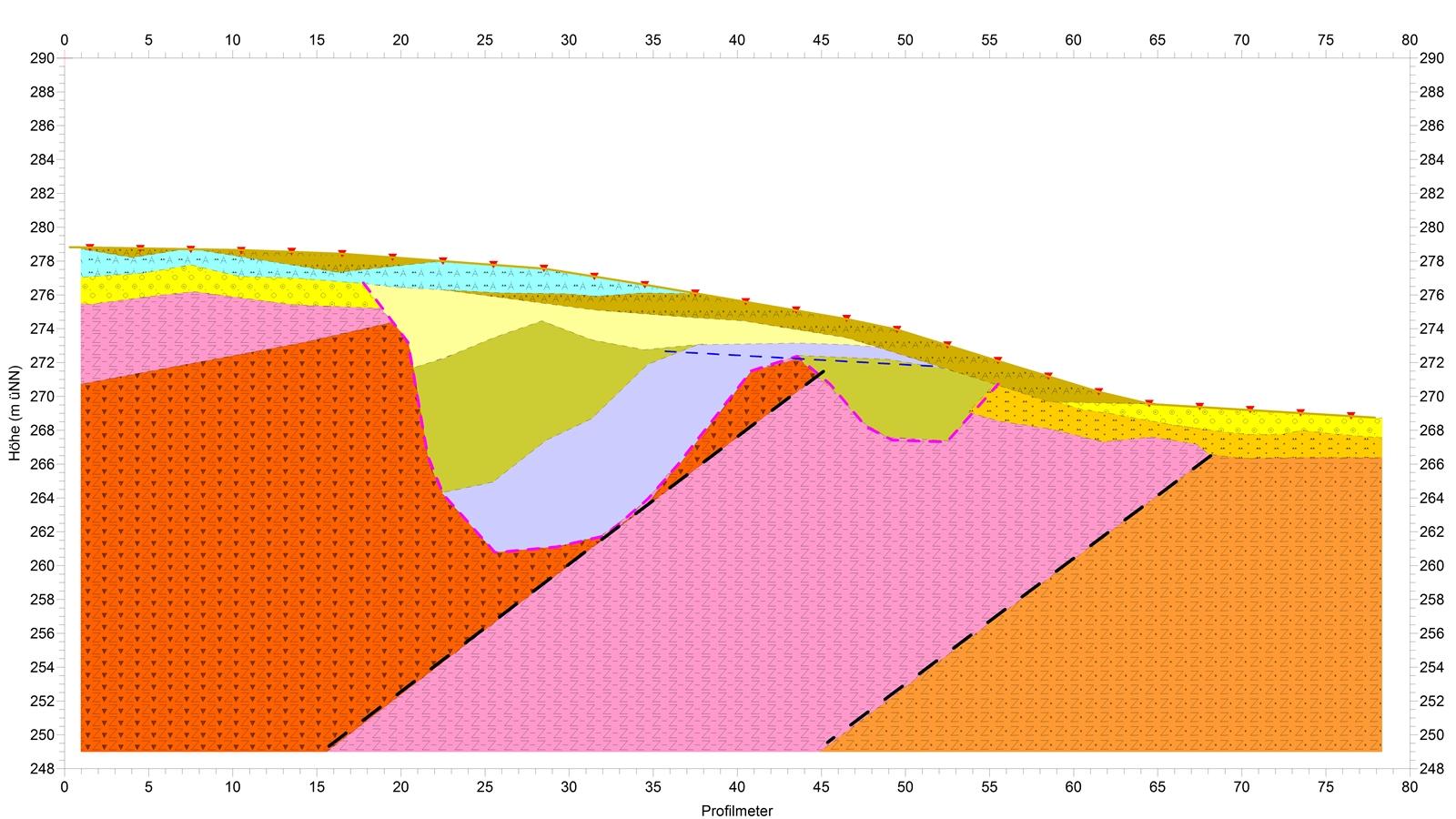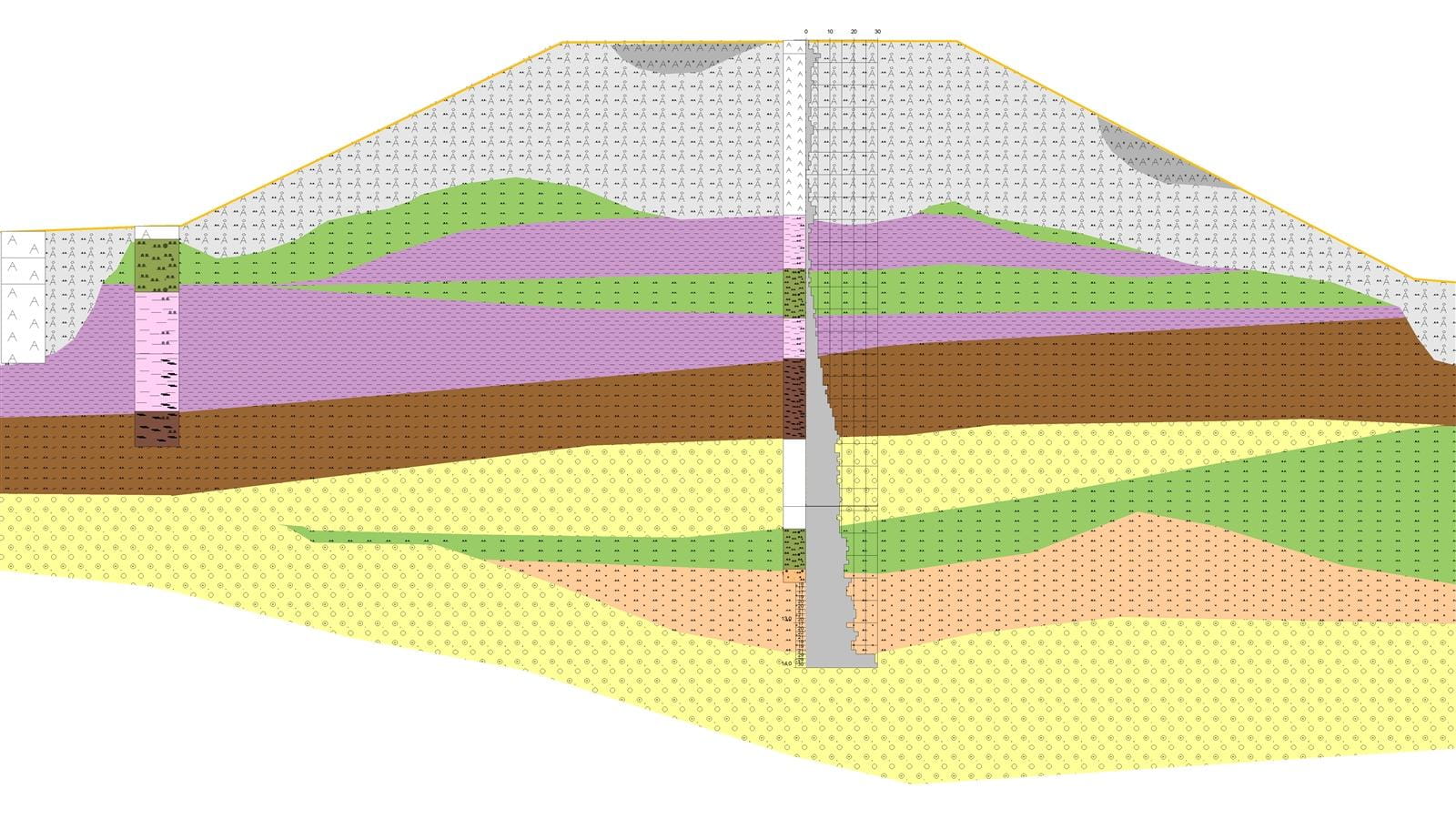Physics in the Field: Non-Destructive Exploration of the Underground
Drilling a tunnel is challenging for many reasons. One major challenge is to define the route. But, how do you explore the interior of a mountain or possible underground cavities that cannot be accessed by drilling?
Geophysics uses indirect methods to obtain information about structures and physical properties below the earth's surface. Among others, it uses gravimetric, seismic, (electro-)magnetic and electrical methods. These make it possible to non-destructively examine the substrate and the objects stored in it and to create an image of these structures. For example, geophysics observes the temperature, gravity or magnetic field of the earth, evaluates the seismic waves generated by earthquakes and other vibrations or determines the mass distribution or conductivity in deep soil layers.
Geophysical methods can be applied in many ways and at the same time be economical, for example, in the investigation of building sites, infrastructure measures, contaminated sites and landfills or in hydraulic engineering.
While physicists experiment under controlled conditions in the laboratory, geophysicists collect their data in the field and transfer this data with the help of sophisticated computer simulations and calculations into high-resolution models of the subsurface. Based on these models, geophysicists generate geological maps, site plans or profile sections in interdisciplinary cooperation with colleagues.
Versatile Fields of Application

There is a creative solution for every challenge.


